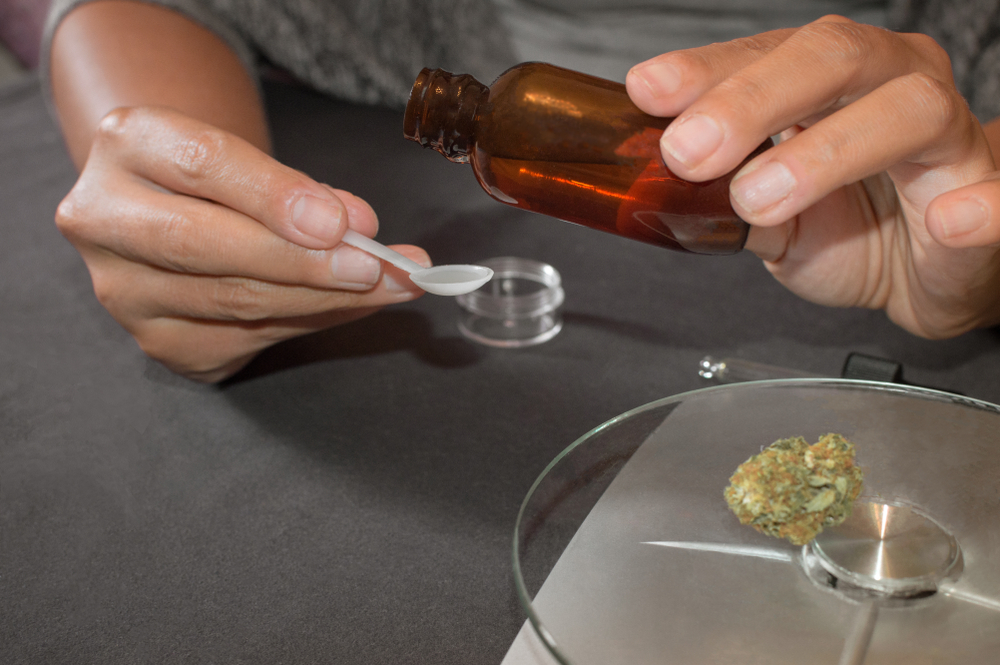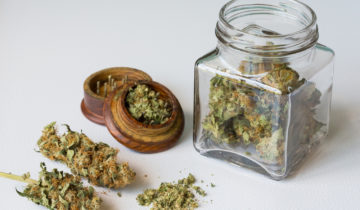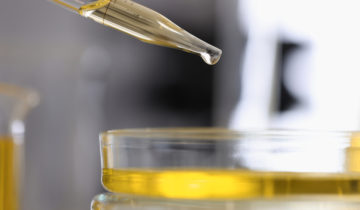There is an art to cooking with cannabis. Whether it is creating cannabutter, infusing coconut oil with cannabis, or simply baking a batch of edibles, the process requires time and patience to master.
Things can quickly take a turn for the worse when improper techniques are applied. This is why it’s essential to learn the common mistakes and prevent yourself from making them in the future.
If you are new to the world of cannabis cooking or are currently experimenting with it for yourself, then keep on reading. We will break down some of the most common mistakes for you when it comes to cannabis cooking.
Without any further delay, let’s get started!
Cooking With Cannabis – Top 10 Common Mistakes
Fortunately, cannabinoids are fat-soluble, meaning that you can incorporate cannabis in practically any type of recipe that involves fats.
However, cooking with cannabis is not as easy as it sounds.
There are crucial factors that you need to know about to make proper cannabis-infused edibles. Once you learn them, the process of making edibles will become much easier and straightforward.
Here are the top 10 most common mistakes you need to know about when cooking with marijuana.
1) Cooking With Raw Cannabis

One of the biggest mistakes people make when cooking with cannabis is using raw cannabis to make edibles.
In order to make potent edibles, cannabis first needs to be decarboxylated (exposed to heat) for it to produce its psychoactive effects. The decarboxylation process releases carboxylic acids out of the THC and ‘activates’ it to become psychoactive.
This is a simple process that does require some preparation before implementing cannabis in your recipes.
To decarboxylate your weed, you’ll have to preheat your oven to 105 degrees Celsius (220 degrees Fahrenheit) and let your cannabis bake for approximately 30-40 minutes, stirring it halfway through.
Keep in mind that you’ll also have to grind your weed before decarboxylating it to maximize its effects.
Decarboxylation is essential if you’re trying to infuse your cannabis with oil or fats.
2) Improper Distribution
When trying to make cannabis-infused oil or butter, forgetting to mix your ground cannabis throughout the mixture thoroughly can lead to improper distribution of cannabinoids.
What that means is that a vast concentration of THC or CBD will be stuck in one specific spot, creating inconsistencies within your edibles. As a result, some parts of the edibles will be concentrated on THC, while others will not lead to any psychoactive effects.
To avoid this, make sure to mix well.
3) Over-Grinding Cannabis

While it is true that medical marijuana must be ground before cooking to achieve the maximum benefit it has to offer, the opposite is true when cooking with marijuana that has been ground to a consistency that is too fine.
Grinding cannabis too finely or putting it in a high powered blender or food processor can give the end product an unpleasant grassy flavour.
In addition, pulverizing cannabis can also lead to oils and cannabutter to turn colours into a murkier shade of green, which may not be so pleasing to the eye.
Rather than pulverizing your cannabis to fine dust, make sure your weed is in a fine but slightly rough consistency, preferably one that resembles coarse salt.
4) Using Too Much Marijuana
When cooking with cannabis, it’s crucial to weigh quality over quantity.
It may sound enticing to include more weed into your recipes in order to achieve a more potent result; however, it’s also a dangerous thing to do.
Unlike smoking or vaping marijuana, you won’t be using the plant’s buds; you will be cooking with the entire plant: stems, leaves, and trim included. As a result, you’ll be extracting each cannabinoid from the plant as well as its terpene profile, which can make the final product very strong and unsafe to use.
5) Forgetting to Test The Potency

It might be hard to nail an exact dosage when creating cannabis-infused edibles at home, but that doesn’t mean you don’t have options.
That said, you can measure the approximate dosage of your cannabis-infused oil or edible by taking a small test size and sampling it.
Alternatively, if you know the amount of THC in the strain you’re using, you can compare it to the amount of oil used and gauge the dosage based on that.
6) Foregoing Water When Infusing
Scorching can waste your final product.
Adding a little bit of water to your oil and butter while cooking can help prevent burns and make the end product a little less green. There is no specific amount of water to add to your infusions, and you are encouraged to experiment with it.
7) Using Old Weed
Strain choice matters when cooking with cannabis.
Different strains have different cannabinoid and terpene profiles that produce their own unique set of effects. One of the most notable differences in strains is the difference between Sativa and Indica.
For example, Sativa is known for its energizing and uplifting effects, while Indica can unwind and relax.
8) Improperly Using Concentrates
Cannabis concentrates are different from the cannabis flower. They vary in consistency and come in all different shapes and sizes.
What’s important here is they are more potent than standard buds, so make sure to exercise caution when using concentrates.
As for the concentrates’ consistency, kief, for example, can dissolve instantaneously in oil at moderate temperatures, while hash may take a bit more time. There is an art to cooking with concentrates, and it takes time and patience to master.
9) Decarboxylation at Too High of a Temperature

The oil potency can be ruined when decarboxylating your weed at too high of a temperature.
This not only burns off much of the terpene profile, but also disrupts the cannabinoid content, weakening your edibles or making them ineffective.
It is advised for ideal decarboxylation to heat the ground marijuana for approximately 40 minutes at 105 degrees Celsius or 220 degrees Fahrenheit. Using a temperature above this range to expedite the process may result in damaging the cannabinoids in marijuana.
10) Ignoring Portion Size
Whether you’re cooking with dry herb or a cannabis concentrate, paying attention to portion size is crucial to dose your edibles properly.
Most high-quality harvests of cannabis contain around 15-25% THC content, while most cannabis concentrates operate in the range of 60-95% THC content.
Check the content of your cannabis product before cooking with cannabis to make sure you won’t make an extremely potent product.
Cooking With Cannabis – Adhere to the Rules
Cooking with marijuana can be complicated at first. Still, with the proper practice and knowledge, it can quickly transform into a creative outlet where you get to enjoy both making delicious edibles and getting high.
We hope this article provided some insight into cooking with cannabis.
Next time you set up your cooking needs and are ready to cook with weed, you will know what mistakes are expected and how not to make them.
Cook and enjoy responsibly and make sure you start low and go slow to get the best experience.
Happy cooking!




 No products in the cart.
No products in the cart.